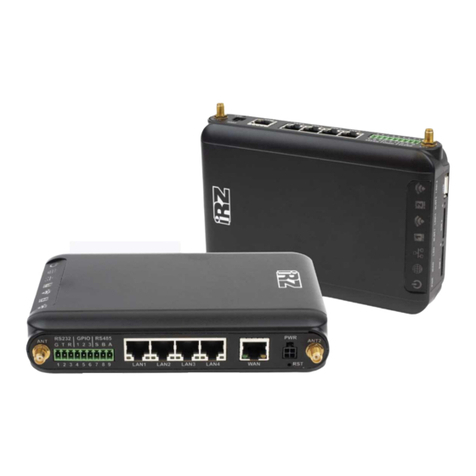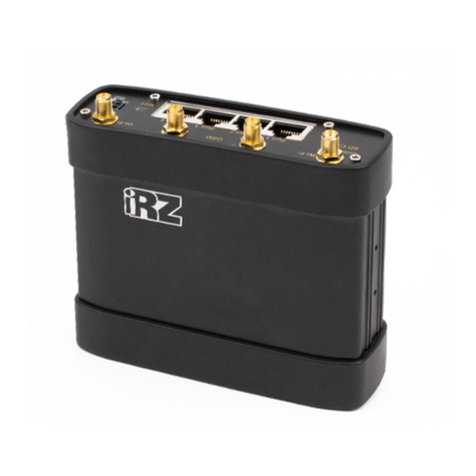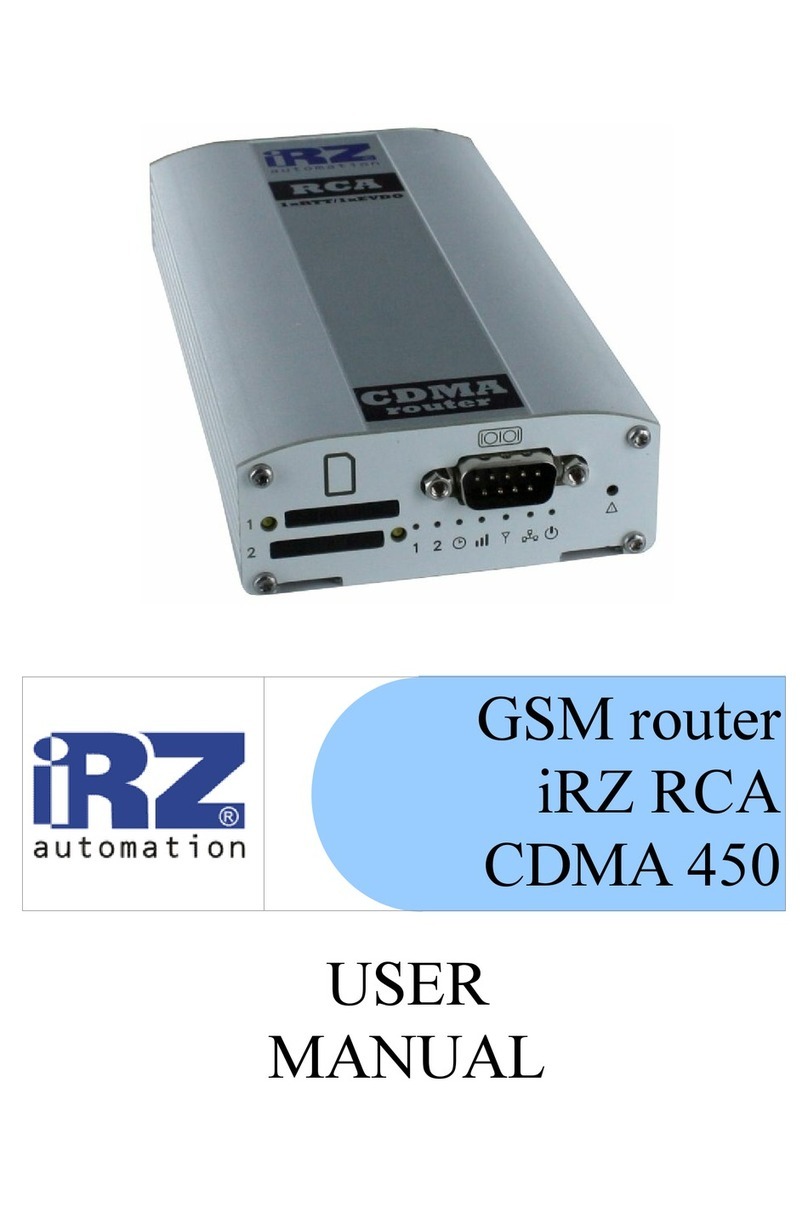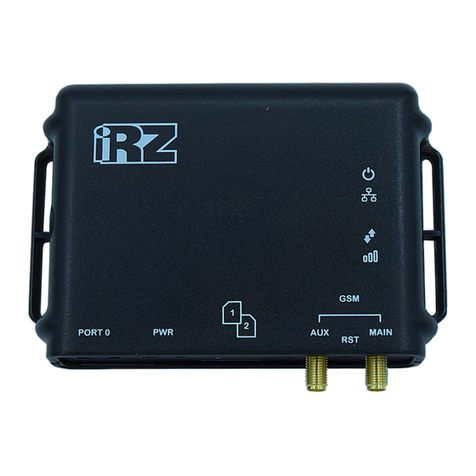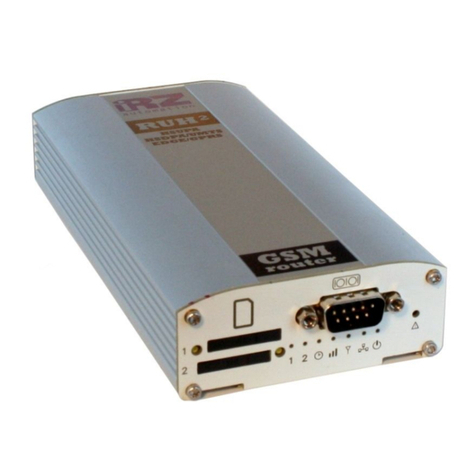
2
Contents
1. Introduction.......................................................................................................................................4
1.1. Document description..............................................................................................................4
1.2. Instructions packet overview....................................................................................................4
1.3. Terms and abbreviations.........................................................................................................5
2. Device information............................................................................................................................6
2.1. Purpose ..................................................................................................................................6
2.2. Communications standards.....................................................................................................6
2.3. Hardware specifications ..........................................................................................................6
2.4. Compliance with the standards................................................................................................7
2.5. Physical Characteristics ..........................................................................................................8
2.6. Storage and operating conditions ............................................................................................8
2.7. Electrical characteristics..........................................................................................................8
2.8. GSM/3G Device Specifications................................................................................................9
2.9. Safety rules.............................................................................................................................9
2.10. Device functional diagram.....................................................................................................9
3. Appearance and interfaces.............................................................................................................11
3.1. Appearance...........................................................................................................................11
3.1.1. Connectors and external elements.................................................................................11
3.1.2. Routers indicators..........................................................................................................13
3.1.3. Decoding device label....................................................................................................14
3.2. Interfaces..............................................................................................................................15
3.2.1. Power supply.................................................................................................................15
3.2.2. Serial port (COM-port, DB-9 connector) .........................................................................16
3.2.3. Ethernet interface..........................................................................................................17
3.2.4. USB interface................................................................................................................18
3.2.5. SMA antenna connector, GSM/3G-antenna ...................................................................18
4. Preparing for operation ..................................................................................................................20
4.1. Connecting a SIM card..........................................................................................................20
4.2. Device access.......................................................................................................................22
4.2.1. Web interface access.....................................................................................................23
4.2.2. Internet connection via 3G/GSM channel.......................................................................24
4.3. Return to the factory settings.................................................................................................24
4.4. Device installation.................................................................................................................25
4.5. Software functionality............................................................................................................28
5. Contacts and Support.....................................................................................................................31






